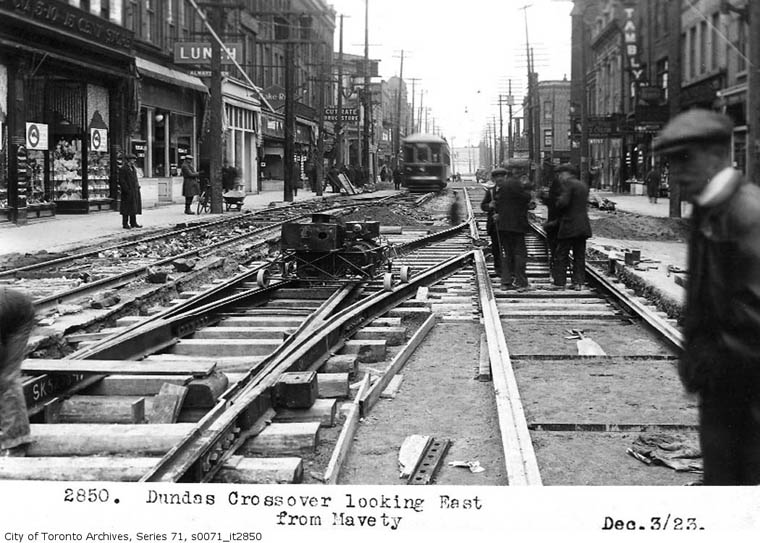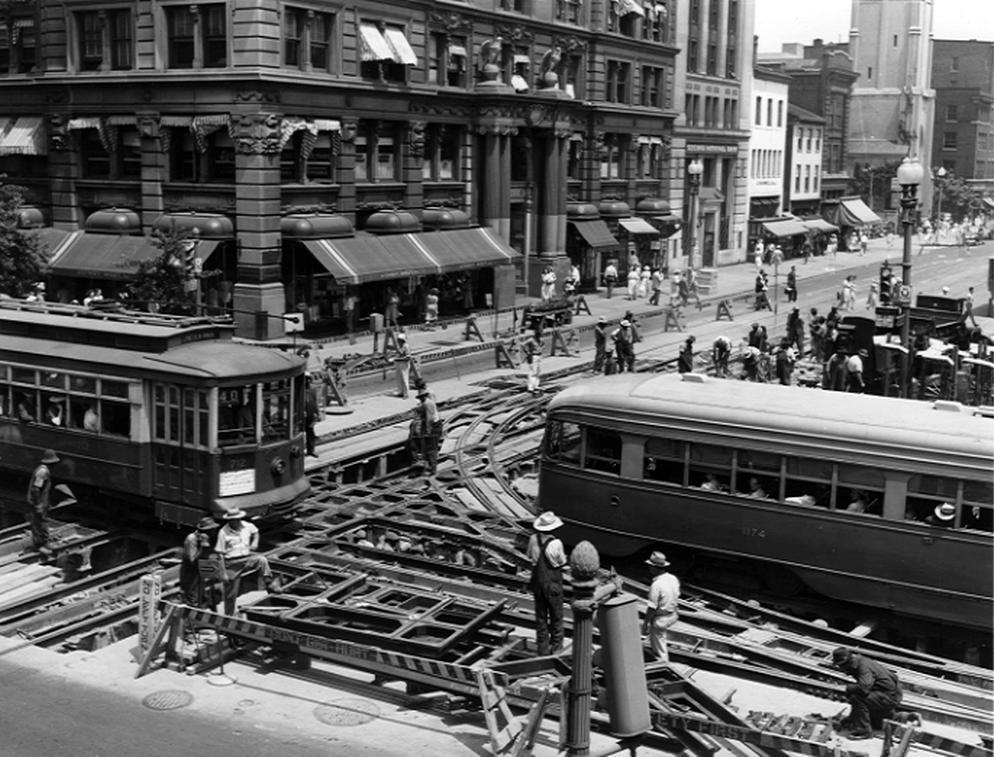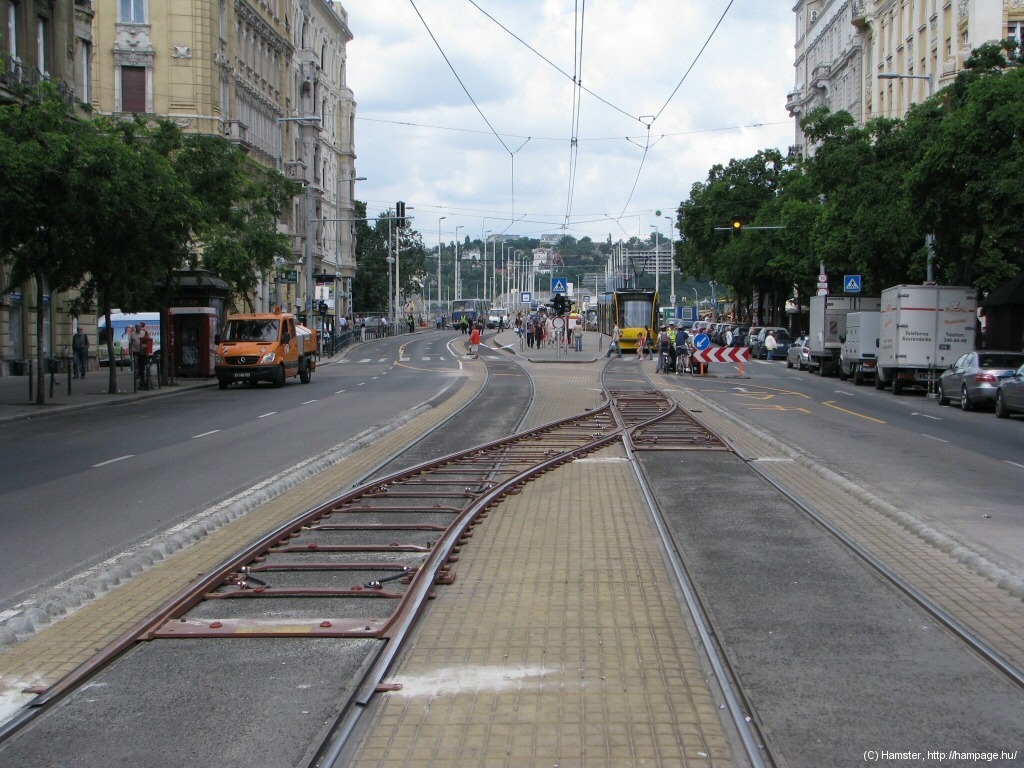LRTs: better than subways by miles
February 16th, 2012
By Adam Giambrone
Read More: http://www.nowtoronto.com/news/story.cfm?content=185274
.....
It’s true – everyone but hardcore transit advocates and urban planning experts wants subways. The problem is that they cost $350 million per kilometre (in 2014 dollars, for tunnels and stations) due to Toronto’s geology, stringent safety and building codes, high property costs, accessibility guidelines and current private sector construction wage rates.
- Light rail, defined as medium-capacity rapid transit using low-floor rail vehicles running in dedicated and separate rights-of-way, is used worldwide to provide public transportation while allowing neighbourhoods to rejuvenate. The system promotes balanced and moderate intensification of shopping areas and neighbourhoods without requiring the same densities as subways in order to be operationally cost-effective. And LRT only costs $60 to $70 million per kilometre.
- LRT is also used by municipalities known for their subway systems, like Hong Kong, Tokyo, Paris and London, all of which have built light rail over the last 25 years as a more affordable way to expand their network. Some of these systems, like those in Paris and Boston, carry close to 300,000 people a day, just about a third of the entire daily volume of passengers carried by our subway system. Paris in particular has used LRT as a tool for urban redevelopment.
- Don’t confuse T.O.’s LRT plan with what you see on St. Clair or Spadina. LRTs have wider doors than streetcars, all-door boarding, more distance between stops, which speeds up the ride, and proof of payment to reduce delays, and the vehicles can control traffic lights so they’re rarely held up by reds. Longer than our current streetcars and with more seating and capacity, they’re air-conditioned and have a fully accessible low-floor design. The network plan here calls for widening streets in most cases so there’s minimal loss of vehicular travel.
- Our vehicles will move at 22 to 24 kph, less than the subway’s average speed of 32 to 34 kph, but since the average TTC trip is just over 6 km (verses the average GO trip of 31 km), this speed difference will amount to only a few minutes per ride. In a trip from Don Mills and Eglinton to Yonge, for instance, that time gap might be only five or six minutes, hardly worth billions of dollars.
.....









